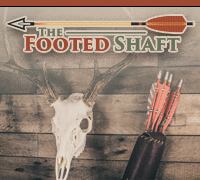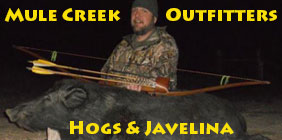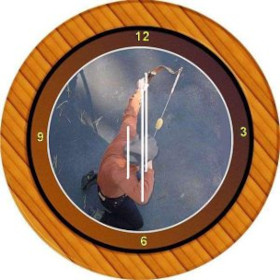River Cane, Cane (Arundinaria gigantea)
Description: A grasslike bamboo with short side branches and small leaves. Commonly seen along rivers, creeks, and low-lying areas throughout the Southeast. Its leaves often lack stalks (petioles) and the leaves are often deciduous in winter, especially in Zone 7.
Native Habitat: Grows from Maryland west to Missouri and south to Florida and Texas. Especially abundant in the Mississippi valley.
Size: There are two varieties of river cane. The most commonly seen variety is "switch cane" or subspecies tecta which rarely grows over 5 feet. However the larger variety gigantea can grow to 20 feet or more, with culms growing to about one inch in diameter. Before European settlement, some stands of cane grew to a much larger size. William Bartram mentions one grove on the Tombigbee River with culms 30 to 40 feet high and 3 or 4 inches in diameter.
Cold hardiness: Hardy to at least -10 degrees F. Plants from inland locations may be hardier than plants from coastal areas.
Culture: Plant in full sun to light shade in a well-drained soil.
Landscape use: Cane is a coarse plant that is probably most at home in naturalistic landscapes. A good plant for controlling erosion along stream banks. A much more attractive plant than its common exotic competitor, Chinese privet.
Other notes: The only bamboo native to North America, river cane was once grew abundantly in "canebrakes" throughout the Southeast. A good portion of the Southeast's best agricultural land was formerly occupied by canebrakes. This species is rarely available in commerce and usually has to be obtained by division of native stands.
Varieties and related species: None.














